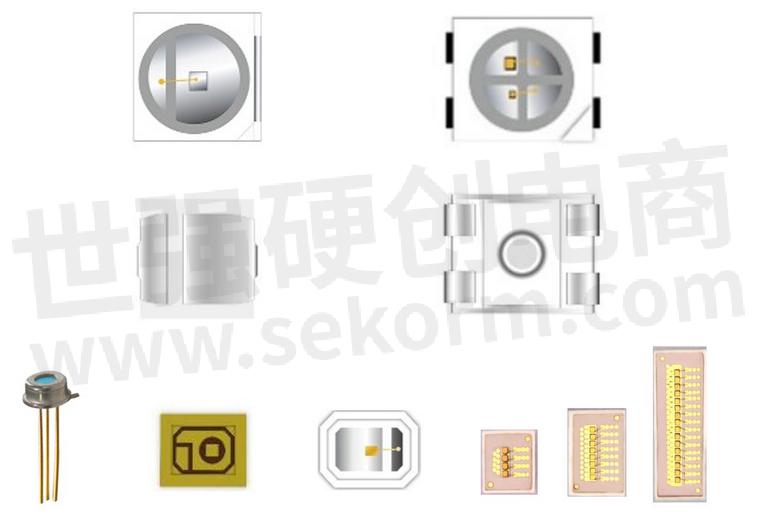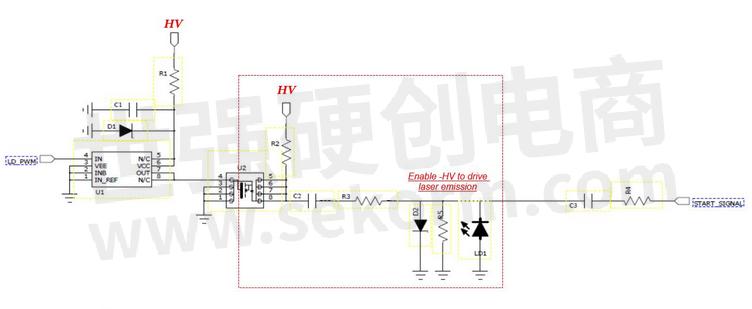Circuit Design Guidelines of Driving High Power Pulsed VCSEL Sensor

With the development of AI/IoT, smart technology, and automation technology, smart sensors have become a new market trend. Products using VCSEL as the core device of the sensor have many advantages and are widely used in ranging, proximity sensing, lidar, safety light curtain, smart home, and other fields.
Brightlaser VCSEL products can be used as sensor pulse emission light sources, with various packaging forms, SMD packaging structures, and easy integration; TO-packaging market applications are mature. Wavelengths are available in 808nm, 850nm, and 940nm. Single emitter and arrays are available to meet different power and spot shape requirements.
Advantages of Brightlaser VCSELs:
Pulsed power output: 10-15W, 25W, 50W, 100W options
Single emitter and array type selectable
Wavelengths: 808nm/850nm/940nm
Packages: Laser diode: 2016 / TO46/SMD 1x4 / SMD 1x8 / SMD 1x16
PD sensing package: 3030 (3.0x3.0mm)
Transceiver package: 3528 (3.5x2.8mm)
Application scenario:
Proximity Sensor
Range Finder
Lidar
Light Curtain
Pulsed VCSELS
In terms of supporting sensor core devices, Brightlaser products include VCSEL pulsed laser diode series, PD sensing chip series, and transceiver series. Brightlaser VCSEL sensor element with the advantages of simple pulse circuit design and easy operation.

Fig.1
Pulsed VCSEL driver circuit
At the transmitting end, a MOSFET can be used to control the negative pole of the VCSEL diode to emit pulsed light (positive pole to ground).
Step 1: U2 is off, C2 capacitor left terminal is charged by HV
Step 2: U2 is turned on by control signal
Step 3: Left terminal of C2 drop to 0V while right terminal becomes -HV
Step 4: Negative pole of VCSEL becomes -HV and positive pole become 0V → pulsed laser emission occurs

Fig.2
Transceiver
1) VCSEL laser emission – see “Pulsed VCSEL driver circuit” section for reference
2) PD sensing – PD receive laser signal → current signal → electric signal amplified

Fig.3
- +1 Like
- Add to Favorites
Recommend
This document is provided by Sekorm Platform for VIP exclusive service. The copyright is owned by Sekorm. Without authorization, any medias, websites or individual are not allowed to reprint. When authorizing the reprint, the link of www.sekorm.com must be indicated.

























































































































































































































































































































































































































































































































































































































































































































































































































































































































